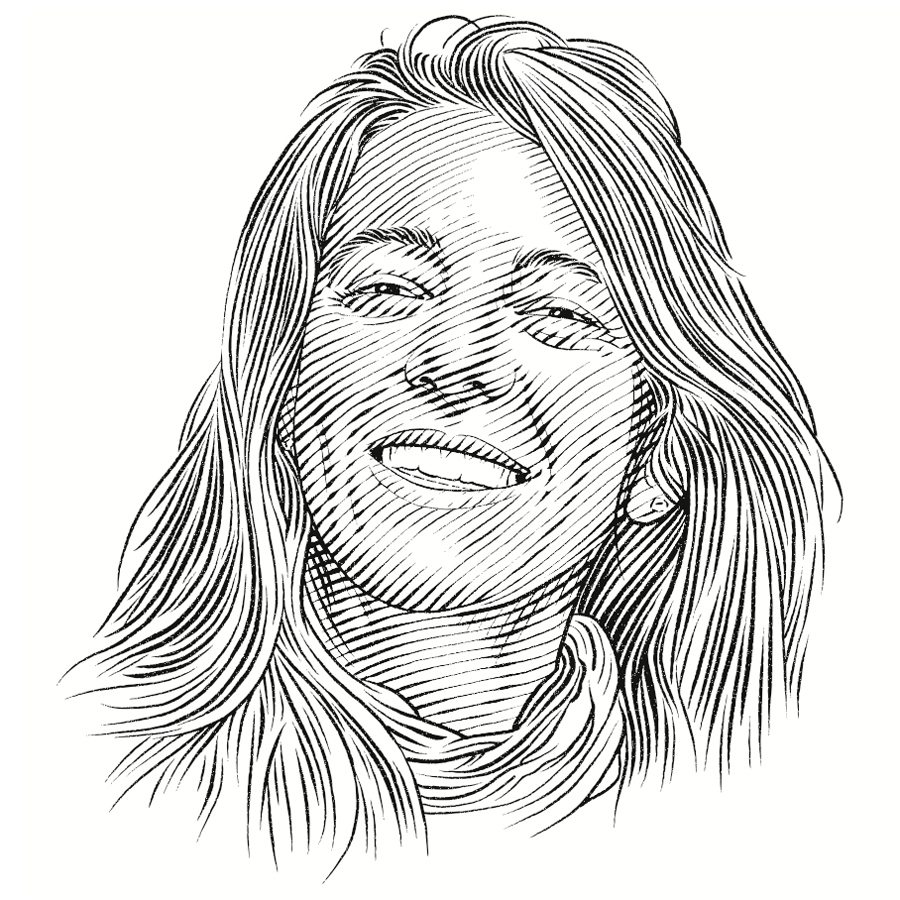Eleonora de Sabata

Who I am
Between us, Simona and I have studied and worked in, at and under the Mediterranean Sea for decades. Together we’ve snorkelled with pregnant sandbar sharks, tracked basking sharks at sea and in fish markets where they are sometimes illegally sold, trained coastguards to recognise protected species, and persuaded old fishermen to share their knowledge and anglers to release sharks alive. We’ve scanned the sea from aircraft looking for sharks and mobula rays and dived at night in sweeping currents to meet deep-water sixgills. We’ve also worked to reduce plastic litter in the sea. And all the time we’ve striven to raise the public’s awareness about sharks and the sea in general.
Simona is the ‘proper’ PhD scientist. Now a member of the IUCN Shark Specialist Group, she began her career tagging blue sharks, moved on to the Italian Marine Research Institute and is now a scientific supervisor for European Union-funded conservation projects.
I am a marine photojournalist who has been diving in, studying and writing about the sea for 25 years. For national and international media, including the Financial Times, National Geographic and the Discovery Channel, I’ve covered everything from the Mafia-run bluefin tuna trade to deep-sea drilling, and am now writing scientific papers for peer-reviewed journals.
Where I work
Being Italian, we focus on the Mediterranean, one of the world’s biodiversity hotspots and home to fin whales, great white sharks, sea turtles and countless other species. It is a fantastic sea, with deep, colourful coral reefs that rival those of the tropics, but it is also one of the most overfished areas on the planet. And if you’re a shark, the Mediterranean is the most dangerous sea in the world. For 86% of the species, the risk of extinction is either high or very high, or there is simply not enough information to tell us how they are faring – though usually it is badly.
I soon realised that some of my readers – divers, recreational sailors, fishermen – were far more often at sea than marine scientists could ever be, and that their observations were, in fact, the only information available for some rare species. Although the term wasn’t even coined then, 15 years ago Simona and I began running ‘citizen science’ projects that involve the public in collecting observations and data. Mermaid’s Purse, funded by the Save Our Seas Foundation, is one of them.
What I do
One of the lesser-known sharks in the Mediterranean is the nursehound, a large catshark that grows to a length of up to 1.6 metres. It lives in small, isolated groups on reefs where it usually hides during the day and feeds on crabs, molluscs, fish and other catsharks at night. It’s not doing very well. Although currently classified as Near Threatened on the IUCN Red List of Endangered Species, it may soon qualify for Vulnerable status. The fact that it’s a long-lived and slow-reproducing species makes overfishing the culprit for its decline, which is especially obvious in certain areas. Off Tuscany, for example, the population has decreased by an astonishing 99% in just 30 years.
Like so many other species, this is a shark we know very little about. We don’t know where it occurs, what its lifespan is, where it breeds and whether these areas are under threat – even how many nursehounds there are. This is where the public comes in.
Divers occasionally see these sharks or their large white egg cases, called mermaid’s purses, which the females attach firmly to red sea fans or sponges by means of long curling tendrils, usually at a depth greater than 30 metres. The eggs are then abandoned, safe in their sealed pouch, for seven to nine months, until they develop into tiny sharks.
When the Mermaid’s Purse project was launched in 2012, we began collecting divers’ observations and from them produced a map of nursehound breeding areas, which until then we had known nothing about. Divers reported seeing an average of two or three egg cases in these locations, perhaps a handful in a few rare sites. But on one particular reef in the Gulf of Naples, they said ‘countless’ egg cases could be found year round. Imagine our shock when we dived there a few months ago and found hundreds – some just laid and still shiny while others were empty. Tiny embryos were wriggling about in many of the egg cases, whereas in others the baby sharks were on the point of bursting out.
We are now monitoring this reef, which luckily is already situated in a protected area. We dive there every month, checking the embryos’ progress in tagged egg cases to record their growth rate and see what preys on them. Collecting information at such a depth is tricky. Our survey area is between 33 and 38 metres down and long decompression times build up when you’re working at levels like these. For this reason, we use either oxygen-rich gas or even re-breathers when we can, as they enable us to stay down for longer, and safely, at such depths.
Although we have yet to see a live adult shark with our own eyes, divers report occasionally seeing one in a crevice. As the nursehound is a ‘spotty’ shark, we may be able to identify individuals if each one has a unique spot pattern and we could thus determine whether those seen are occasional visitors or resident here year round. They may even stay for a number of years; an aquarium in Italy has had some for at least 15 years, which suggests the species is fairly long-lived.
Divers are very helpful, constantly providing photos of the nursehounds and their egg cases. If you would like to contribute too, please join us at the next BioBlitz, which will be held on 14 June 2014, when dozens of divers will join us for a weekend of fun dives and shark talks – and, being in Naples, great food!
